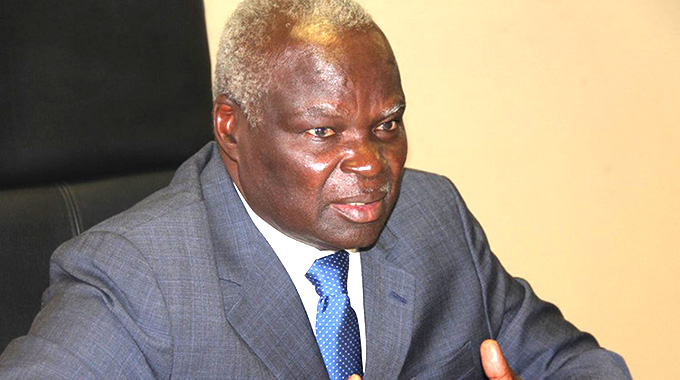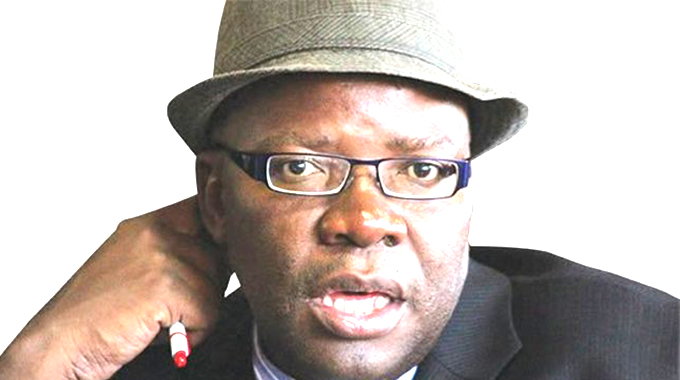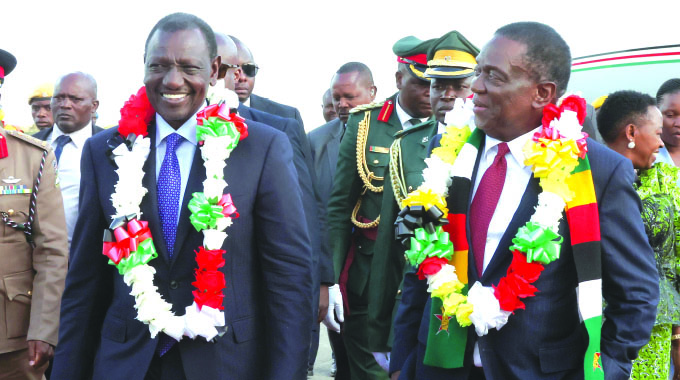Chilonga SI amended

Herald Reporter
Government has published an amended Statutory Instrument aimed at paving way for the development of a massive irrigation scheme on 200 000 hectares in south eastern Lowveld.
A few minor errors in the initial Statutory Instrument had attracted belligerent statements from opposition political figures and non-Governmental organisations who were peddling false news of people being on the cusp of eviction from their ancestral lands.
An extraordinary Government Gazette published yesterday reads: “It is hereby notified, for general information, that the Communal Land (Setting Aside of Land) (Chiredzi) Notice, 2021, published in Statutory Instrument 50 of 2021, contained errors.
The statutory instrument is corrected — (a) by the deletion of the words “Minister of Local Government, Urban and Rural Development” and substitution of “Minister of Local Government and Public Works”; (b) in section 2 by the deletion of the words “purpose of lurcene production” and substitution of “establishment of an irrigation scheme”.
The large-scale irrigation scheme is now expected to proceed, drawing water from several giant reservoirs in the region, including the giant new Tugwi-Mukosi Dam.
This will allow farmers to meet their potential and move into high levels of production of a vast range of crops and manage productive herds of cattle.
Among the projects to be established will be the US$60 million irrigation scheme in Chilonga, Chiredzi, for the benefit of locals and the investor.
No family will be displaced, but some could have their houses shifted a short distance to pave way for the erection of key infrastructure.
Local Government and Public Works Minister on Monday stressed that almost all people in the area would benefit from the irrigation scheme on 6 000ha, about three percent of the future irrigated area in the Lowveld.
Communal farmers will now be a major part of these new irrigation developments, with President Mnangagwa seeing irrigation as the only way arid communal lands can ever be powerhouses of production, a policy already being implemented in the Kanyemba area using Zambezi water.
Lowveld soils are generally fertile and deep, but need water to produce crops, fruit and a decent cattle industry.
In the past Lowveld irrigation was concentrated on commercial land, but under new policy initiatives communal communities can now partner with private investors and the Government to accelerate development.
A fundamental requirement about such communal land development is that no one is pushed off their land, although homesteads and that the communities, the investor and the local rural district council have to reach agreement with the Government holding the ring.
Minister Moyo said: “We have told the investor that we do not want to displace anybody. This land belongs to the State and planning is going to be undertaken by the Ministry of Lands together with the investor, plus of course those who are going to benefit. The rural district council, as the land authority there, will remain seized with the issue.
“Chief Sengwe, Chief Tshovani and others who are involved obviously will want their people to benefit and we will not leave them out in our formulation,” said Minister Moyo.
“We put water in Tugwi-Mukosi, Mutirikwi and Manyuchi dams. We have excess water which is not being used and rather than looking for commercial farming areas so that investors come and invest there, our President is saying let’s go to communal areas which have good land and do something for them,” he said.
The Deputy Chief Secretary to the President and Cabinet responsible for Presidential Communications George Charamba weighed in saying, the lucerne growing was a small part of the development plan of the affected area.
“The plan is far-flung and involves irrigation of over 200 000 hectares under thousands of centre pivots, all for crop, fruit and beef production.
“Those wishing to diss the project do so by presenting it as a one-item affair which it isn’t. They also predicate it on the coming in of an outsider as a fodder grower, forgetting the bulk of the plan is State-involved and funded for the development of community and country.”








Comments